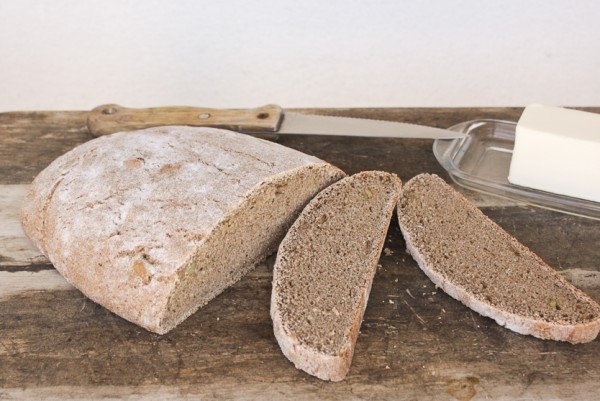 My mother and I were the only ones in the household who thoroughly enjoyed different varieties of bread. We bought regular, European oven-roasted, crusty loaves every day. They were what every other family in town ate, tasty, crunchy, and at times quite boring. A few bakeries dared to risk failure and started putting whole wheat and rye breads on their shelves, timidly at first, but buoyed by an unexpected demand, the varieties multiplied, and soon we were able to choose from dozens of different kinds. As a family of five, we consumed very small quantities of bread. One loaf would last us two or three days and most of my friends thought we were weird. More exotic varieties would last even longer, as it was only the two of us partaking.
My mother and I were the only ones in the household who thoroughly enjoyed different varieties of bread. We bought regular, European oven-roasted, crusty loaves every day. They were what every other family in town ate, tasty, crunchy, and at times quite boring. A few bakeries dared to risk failure and started putting whole wheat and rye breads on their shelves, timidly at first, but buoyed by an unexpected demand, the varieties multiplied, and soon we were able to choose from dozens of different kinds. As a family of five, we consumed very small quantities of bread. One loaf would last us two or three days and most of my friends thought we were weird. More exotic varieties would last even longer, as it was only the two of us partaking. 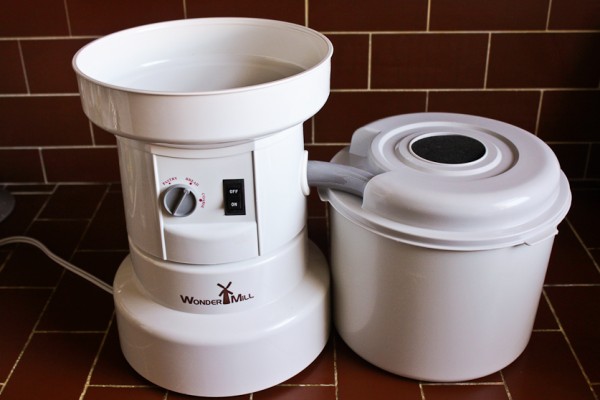 My girls have not taken after me and prefer the traditional white bread, albeit of the crusty, European variety, to any other. I don’t mean to preach nutrition at every meal, but I would like them to be adventurous and experience different tastes and textures at any occasion. My WonderMill is my new favorite toy and I grind anything I imagine would taste good pulverized. I sneak small amounts of unusual grains into the dough every time I make a bread from scratch. Most of the times the girls notice, having somewhat sensitive palates. They roll their eyes and whine, but they diligently finish their sandwiches, admonishing me for trying to deceive them, stating firmly that white bread rules.
My girls have not taken after me and prefer the traditional white bread, albeit of the crusty, European variety, to any other. I don’t mean to preach nutrition at every meal, but I would like them to be adventurous and experience different tastes and textures at any occasion. My WonderMill is my new favorite toy and I grind anything I imagine would taste good pulverized. I sneak small amounts of unusual grains into the dough every time I make a bread from scratch. Most of the times the girls notice, having somewhat sensitive palates. They roll their eyes and whine, but they diligently finish their sandwiches, admonishing me for trying to deceive them, stating firmly that white bread rules. 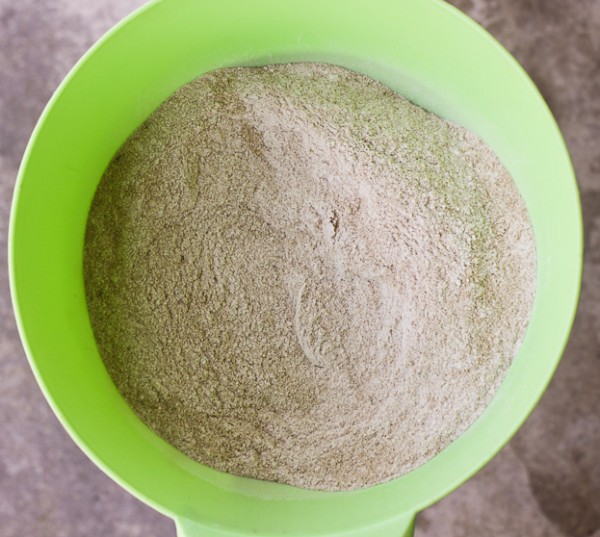 Despite their grumbling, I won’t give up the chance to broaden their culinary horizons as I know that it’s all a matter of exposure and determination. I read somewhere that our tastes change every few years, which gives me a new window of opportunity to experiment.
Despite their grumbling, I won’t give up the chance to broaden their culinary horizons as I know that it’s all a matter of exposure and determination. I read somewhere that our tastes change every few years, which gives me a new window of opportunity to experiment. 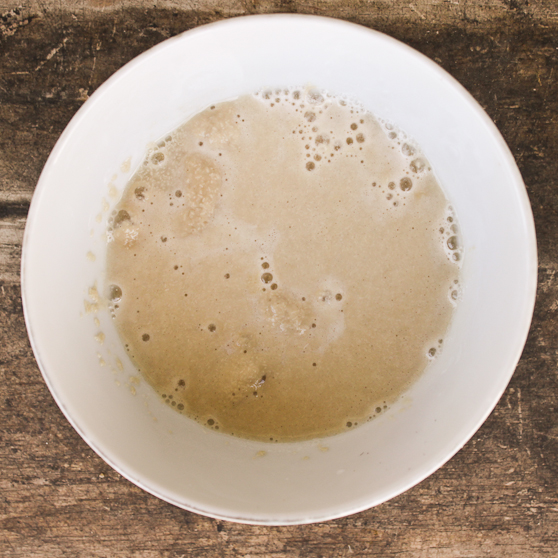 I yearned to make a moist, dark bread that I enjoyed sharing with my mom. I summoned all my baking muses and concocted a dough I hoped would be as satisfying, with whole wheat and buckwheat flours. I added sesame, flax, and pumpkin seeds for an added crunch, and when the rustic-looking loaf went into the oven, I could hardly wait to extract it and cut into it.
I yearned to make a moist, dark bread that I enjoyed sharing with my mom. I summoned all my baking muses and concocted a dough I hoped would be as satisfying, with whole wheat and buckwheat flours. I added sesame, flax, and pumpkin seeds for an added crunch, and when the rustic-looking loaf went into the oven, I could hardly wait to extract it and cut into it. 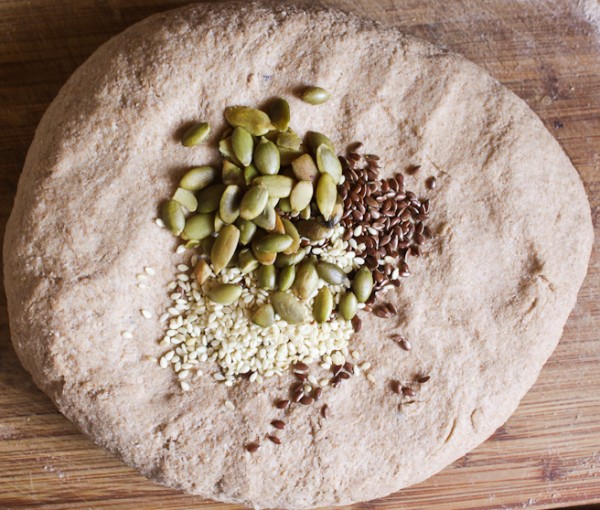 It was dense and moist, evenly baked, speckled with seeds, and aromatic. A smear of European-style butter and a few grains of sea salt was all it needed. The only thing missing was my mom’s company, but as I bit into a warm slice, I could almost feel her next to me.
It was dense and moist, evenly baked, speckled with seeds, and aromatic. A smear of European-style butter and a few grains of sea salt was all it needed. The only thing missing was my mom’s company, but as I bit into a warm slice, I could almost feel her next to me. 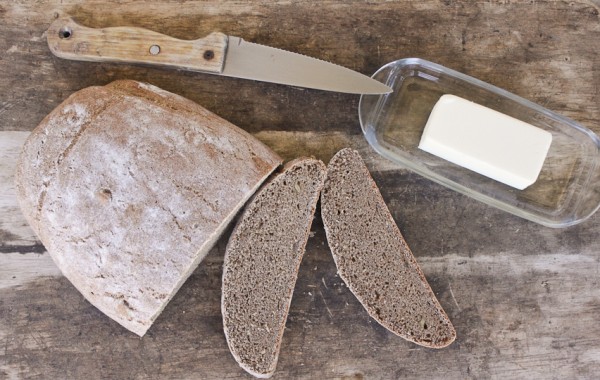

- 1 packet of instant yeast
- 1 tsp granulated sugar or honey
- ¼ cup warm water (about 100F)
- 2½ cups whole wheat flour (plus some extra for dusting the cutting board, etc.)
- 1 cup buckwheat flour (ground roasted buckwheat)
- 1 tsp coarse salt
- 2 cups warm water (100F)
- 2 TBSP olive oil
- 1 TBSP each pumpkin seeds, flax seeds, sesame seeds (that's what I used - you can use any combination of seeds you like, or you can omit them completely)
- Place the yeast in a small bowl, add sugar and water.
- Let it bubble for 5 minutes.
- Combine both flours and salt in a big mixing bowl.
- Stir in water and yeast.
- Add water and oil and mix.
- Add the seeds.
- (You might have to add more flour depending on how coarse your flours are).
- Once the dough comes together, place it on a lightly floured cutting board and knead for 10 minutes, until elastic and supple.
- Shape into a ball and place into a bowl.
- Lightly oil the dough and cover with plastic wrap.
- Let the dough rest at room temperature for at least 1 hour, until doubled.
- Remove the dough to a lightly floured surface and punch it down. Shape into a loaf (I chose to bake mine free-standing, but next time I'll try to bake it in a loaf pan).
- Preheat the oven to 375F.
- Lightly brush the loaf with flour and let it rest until the oven heats up.
- Bake for 40-45 minutes, until golden brown and crunchy.
- Check if it is done by inserting a toothpick or the blade of a knife in the thickest part (it should stay dry with no moist dough adhering to it).
- Let the bread rest for ten minutes before cutting into it.




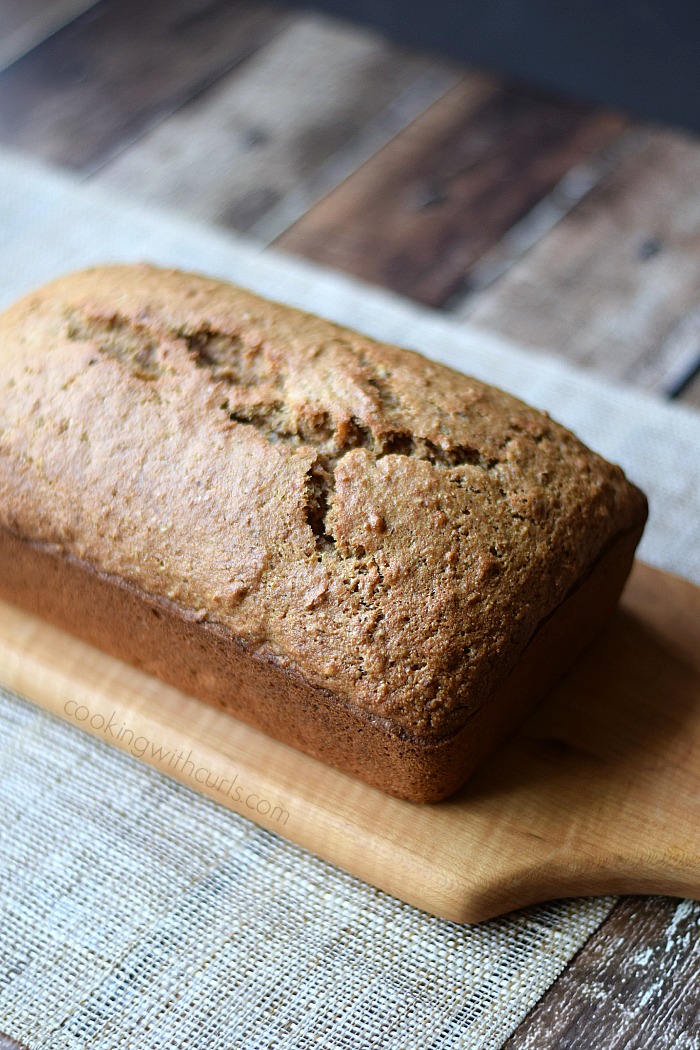
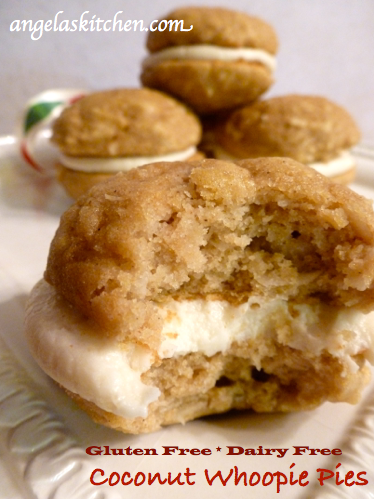
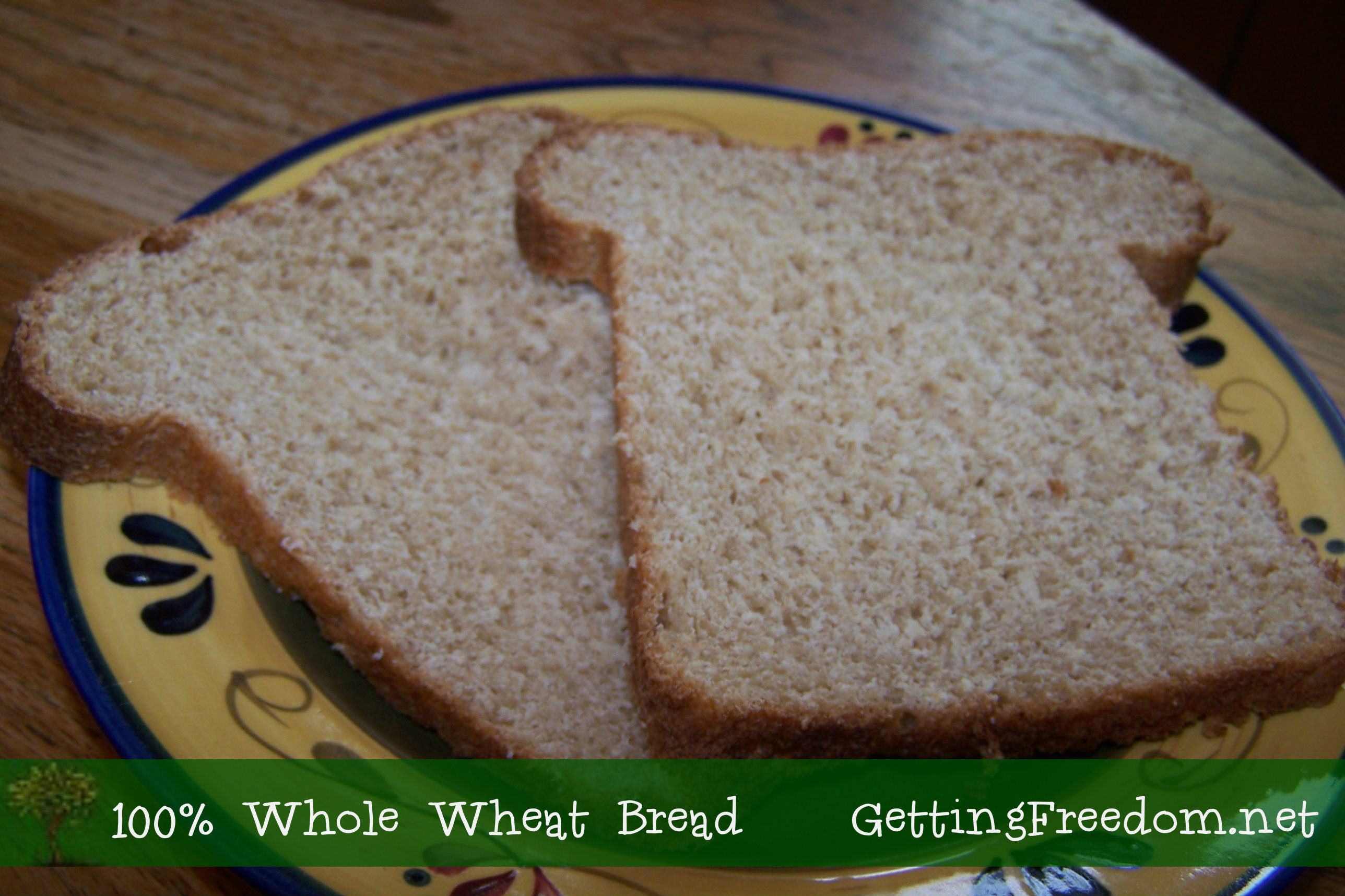

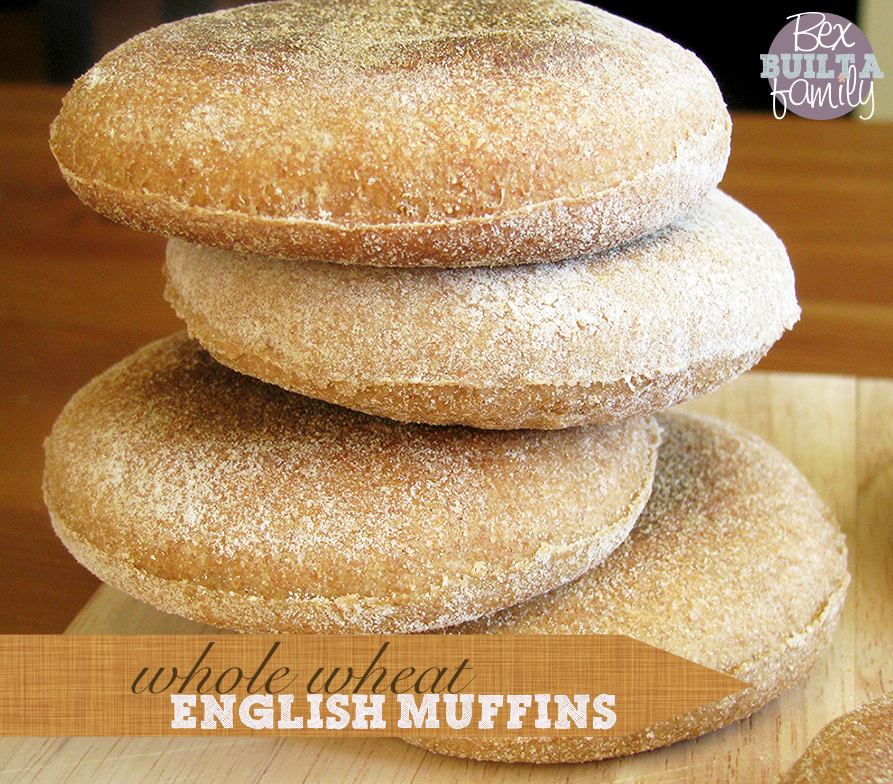
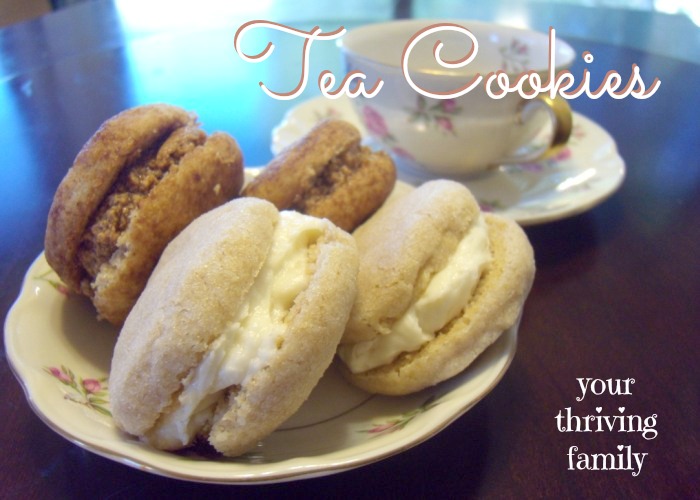
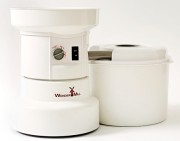
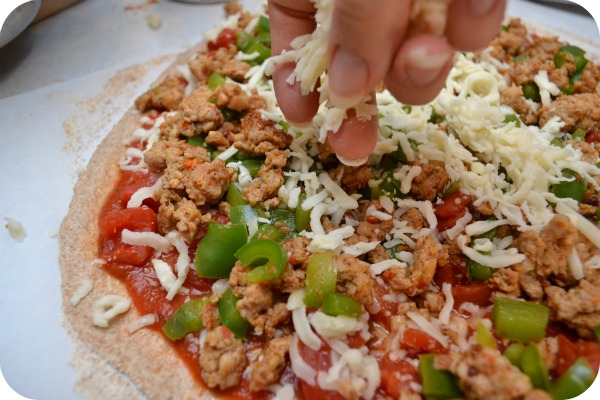
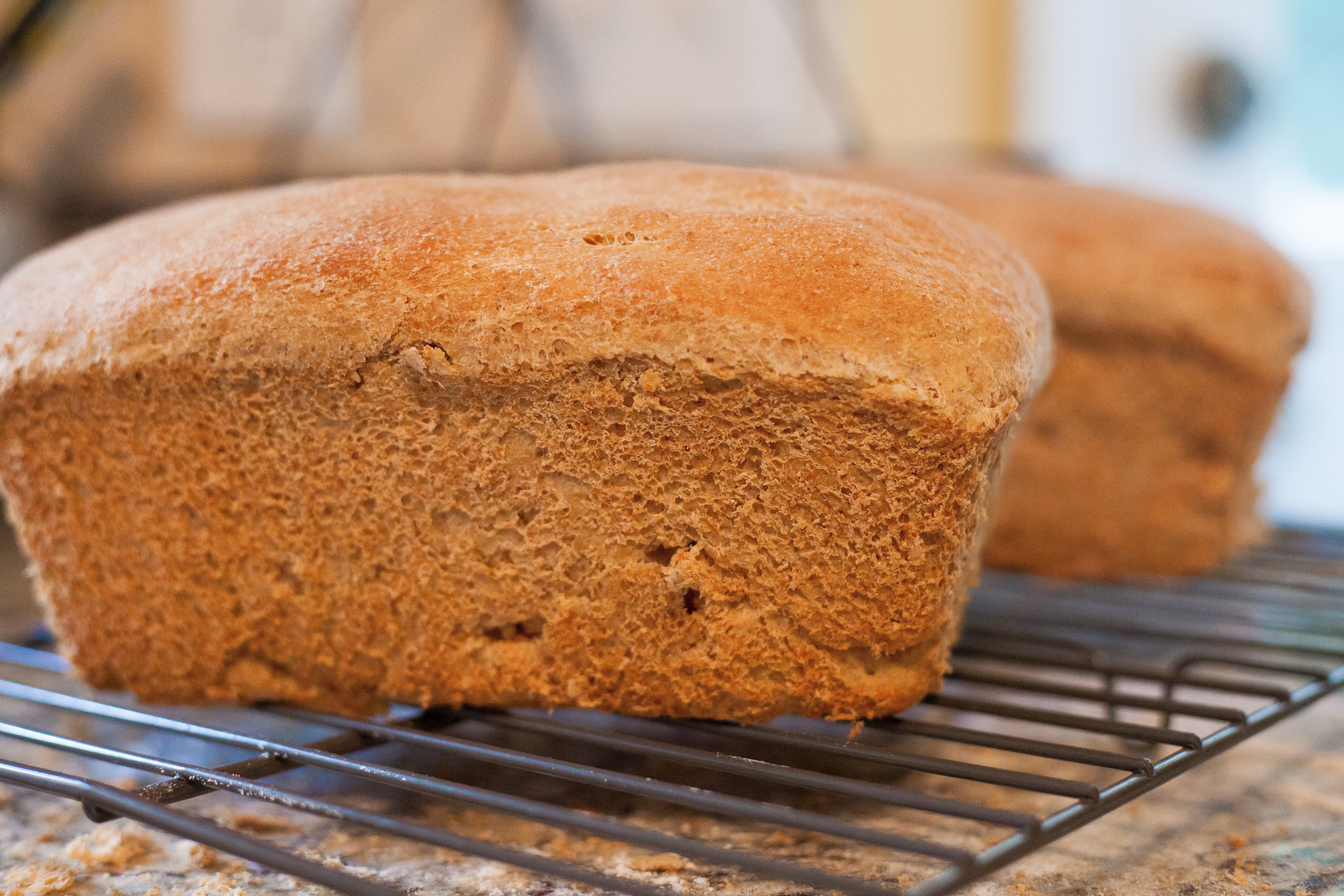

9 Responses to Rustic Whole Wheat and Buckwheat Bread